-
Posts
480 -
Joined
-
Last visited
Content Type
Profiles
Forums
Blogs
Gallery
Events
Store
Posts posted by ksg
-
-
Here is the document.
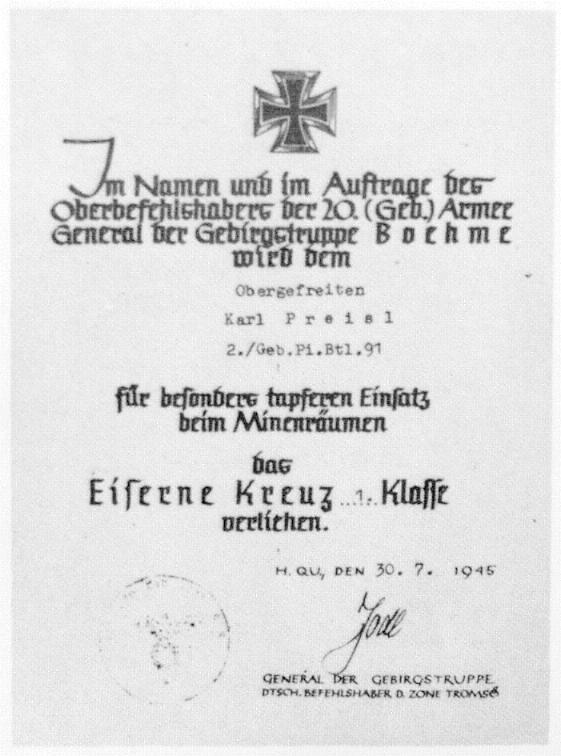
 0
0 -
Posting it here will not contravene any copyright laws. It would come under 'Fair Use' provisions in the legislation, particularly as this is a non-profit website for information-sharing and educational purposes. Just credit the source. You already have credited the source! So let's see the document.
I agree that denazified awards are just as valid as 'intact' pieces. I have a few denazified paybooks and documents, which underlines the fact that the veteran used them after the war for various administrative purposes. Those ink spots over the swastikas are part of history, just as the removed swastikas on your Iron Crosses are part of history, indicating that the holders wore them after the war.
PK
PK
Thanks for your opinion on the subject, and for clearing up the copyright issue.
Any chance you could post some scans of the papers?
Kjell
0 -
A small group which supposedly to have belonged to the same person. Unfortunately the rest are missing.
Kjell

 0
0 -
The machine gun seems to be a Maxime 1905.
Kjell
0 -
I know many collectors regards these crosses as spoilt goods. Personally I regard them as an equal part of the history as the unspoilt ones. There are a double personal history behind them, first being awarded for a merit and then denazified by the owner for a purpose. Wear, display or.....? Remember this was done before 1957.
They are often no beauty's, like my 2. class where the owner have been quit rough, but I have seen it worse.
The 1. class (128 mm) looks nicer. The swastika have been removed professionally and repainted.
Another issue about the nicer pieces are; that they could actually have been awarded as denazified. Awards took place well after the war ended. For those who have the Deutches Ordensmuseums volum 3,"Das Eiserne Kreuz 1813-1945 ", have a look at page 210. It showes an award document for an Iron Cross 1. class, awarded 30 Juli 1945, in Tromso and signed by Jodl. It was given for exceptionally bravery during mine clearing.
Kjell
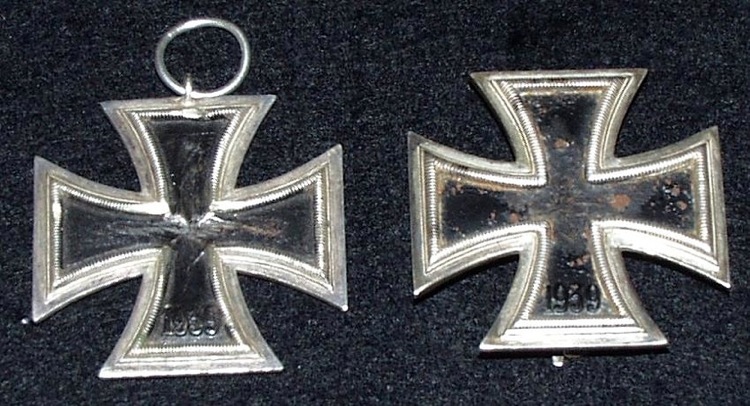
 0
0 -
Thanks for that Kjell , this sounds like it?s a much more interesting Rifle than I first thought ! ?I?m really glad I found it .

Sorry about my delay in answering your post , I?ve been more or less ?off-line? since I Emailed you so many weeks ago ?work has kept me away from collecting (hate when that happens)
Do you know where these were issued ? I wonder if these were used by rear Echelon Troops or Police ?Since there were not that many made, they must be very hard to find. I?d love to be able to put the correct Stock back on it and "restore" it, thanks for helping me with this Kjell.

Hi Mike
That's OK, have also been busy. I agree whit you, the rifle is quit interesting and also regarded as scarce. I will try to find out more about where this could have been issued, if it ever was. The "Stomperud Krag" were also produced in 7,92 . This might indicate the Germans had more plans for it but to let it be issued to the Norwegian NS or second line troops.
Rifles similar to this was put together and sold to the public between 1946-51, but none of these were NC marked.
Regards,
Kjell
0 -
The big problem whit these things are; if you don?t have one known authentic piece to compare whit, the next best thing you can do is to study pictures. If it?s 100 % identical to the pictures you can find in the best books available, your conclusion is, this must be an authentic piece.
I hope this one is!!
Kjell
0 -
Hi KSQ
This is fine Deschler's EK-2
Regards
wig4
Thanks! I got som other pictures to compare whit and was thinking it must be a Deschler.
Regards, Kjell
0 -
Congratulations. The EK and the 25 yr oaks are very nice.
Thanks Biro !
Kjell
0 -
Some new information on the Krag.
Steyr produced 20 000 rifles in 1896-97 and some in 1898. Yours is one of these. The crown is the Steyr factory mark. The letter underneath it (looks a bit like two letter on top of each other ??) P, for Paaske, the Norwegian chief inspector at Kongsberg Factory of Arms in this period. All rifles were controlled, probably in Austria, before they were accepted.
Then in 1944, the Germans started to modify some rifles. This variation is nicknamed "Stomperud Krag". Stomperud is a family name, but I also think it could be a nickname for something short. Whatever, the Germans shortened the long rifles down 15 cm and moved the front band and also the bayonet lug. The rifles got restamped, 1944 for the year they were rebuilt and received the "Waffenamt" stamp. They also got new numbers, ranging between NC 673 and NC 1095. I have not found out what the NC means but they all got this marking but on different places on the receiver. from the picture it also looks like they were fitted whit a Mauser Kar 98 front sight protector.The number of converted rifles is unknown, but are probably the difference between the new serial numbers. Some sources have a higher number, but even so this is not the most common Krag.
(Still looking for a stock for you Mike, which now have to be shortened down.)
Kjell

 0
0 -
6. G 33-40 produced at the BRNO factory.
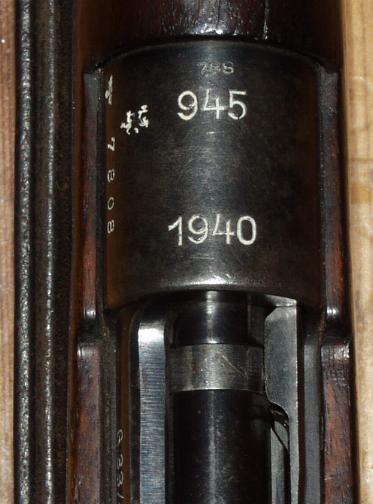
 0
0 -
-
5. Re chambered in 30-06 and used in Norway. This one by the Coastal Artillery. All Army and Air force Mauser's were re chambered in 30-06. The Navy Used them in 7,92 x 57 IS . The Police used G 33-40, also in the original calibre.
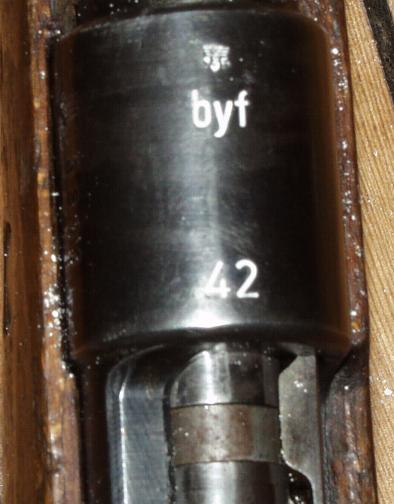
 0
0 -
4.This one used to belong to a local resistance fighter.
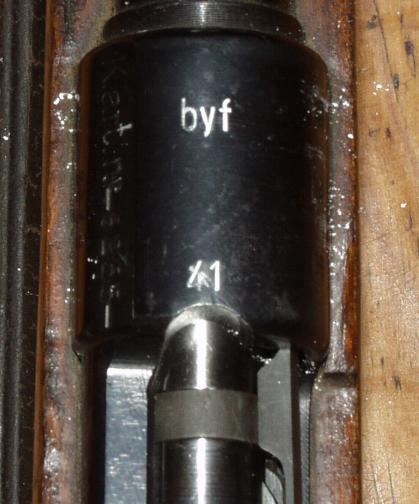
 0
0 -
-
-
1.
Originally produced for the Portuguese Army but never delivered. Put into German service and thoroughly stamped. I have never seen so many eagles and swastikas stamped stamped on a Mauser before. Even the smallest screw got one. Also my first Army rifle which I got when I was 17-18, and probably the rifle I have shot the most. Note the difference on ears for the front sight.
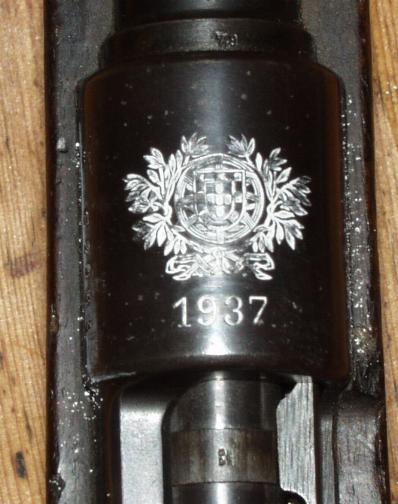
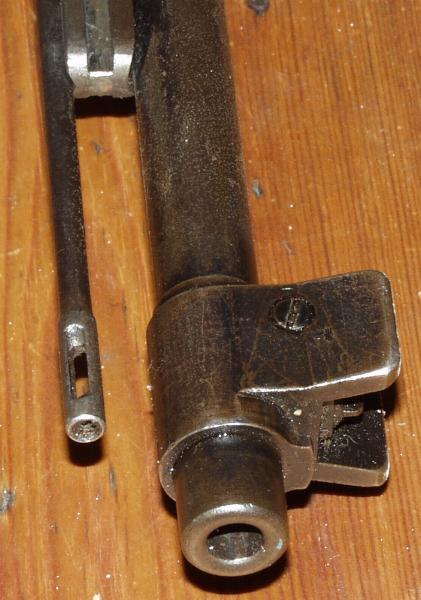

 0
0 -
Different Kar 98 K and a G 33-40
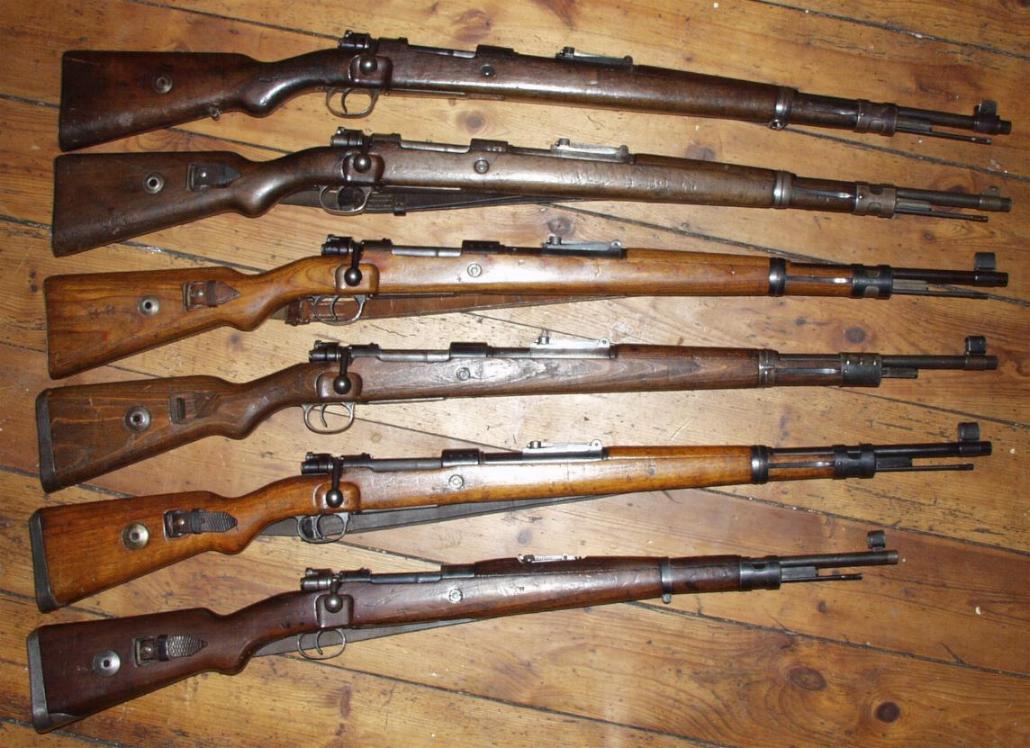
 0
0 -
Kar 98 A

 0
0 -
Gew 98
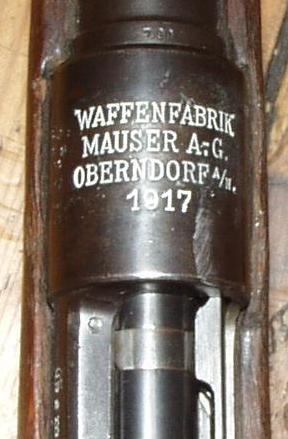
 0
0 -
Gew 88

 0
0 -
IMPERIAL
1. The German 1888 Commission Rifle / Gew 88. Not a true Mauser, but a mix of Mauser and Steyr. This was the first rifle chambered for the 8x57 I/ 7,92 x 57 I / 8 mm Mauser. This one is a 1888/05/14 made in 1890. Re chambered for the S bullet and converted to accept normal stripper clip instead of the normal feeder clip.
2. Gew 98 made in 1917 also S bullet.
3. Kar 98 K made in 1918 also S bullet.

 0
0 -
-



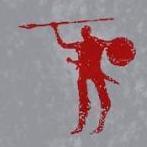
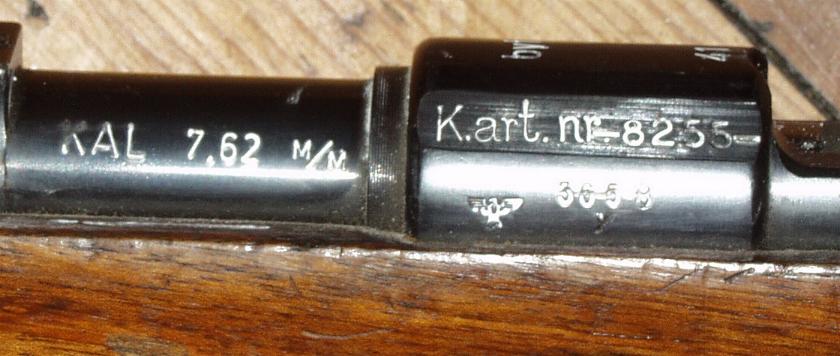
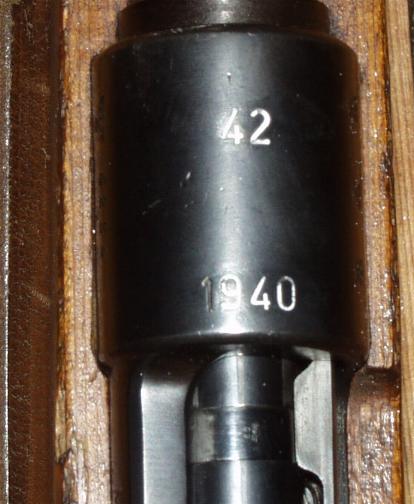
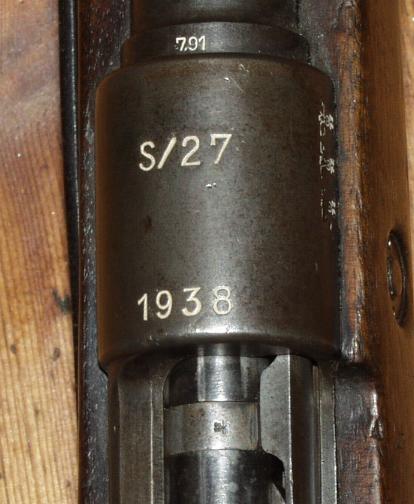
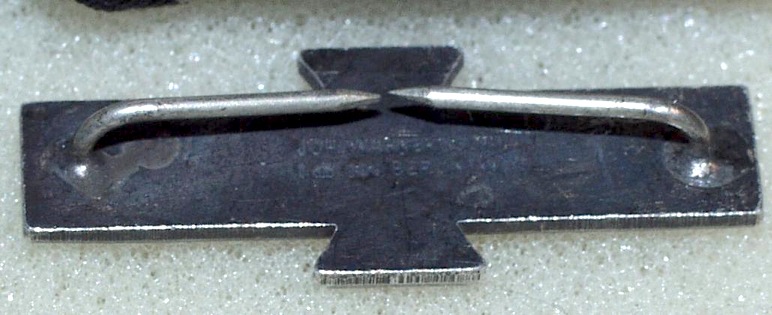
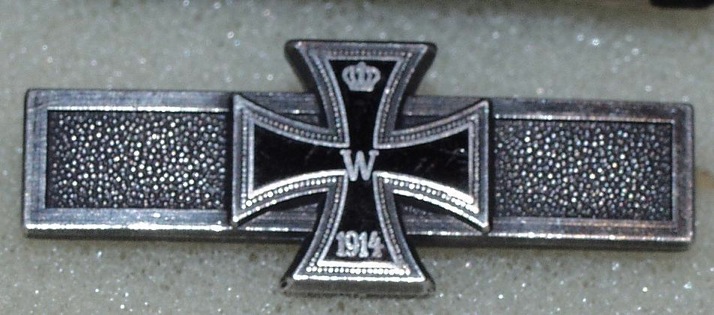
1st Pattern Spange to the EKI, cased
in Germany: All Eras: The Iron Cross
Posted
Very nice spange and case !! First case of this kind I have seen. Thanks for posting it !
Kjell